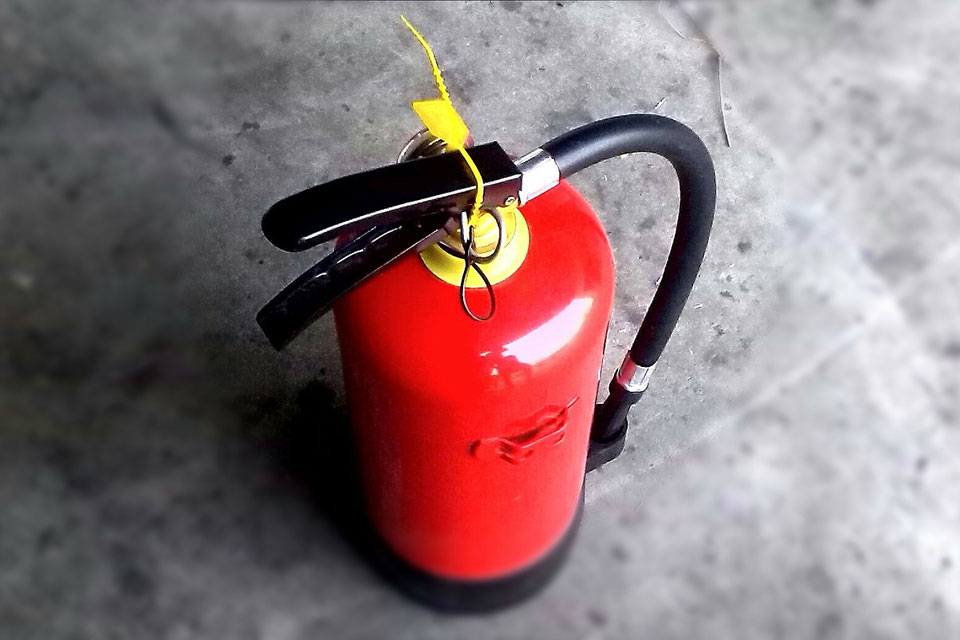By Alex Wilkins at iHASCO
Look anywhere you want in the media and I guarantee you will find news and warnings about fire risks. Yet despite its catastrophic potential, the relatively day-to-day nature of fire damage is rarely appreciated. In truth, fire is a constant and very real hazard to UK organisations.
Home Office figures show that in the reporting period 2018/19, the UK’s fire and rescue services attended 15,005 ‘primary fires’ in non-dwelling buildings. That’s more than 280 per week; and those incidents caused 17 deaths, plus a further 1,061 non-fatal casualties.
Fire can also be disastrous in terms of operations, productivity and financial loss. Worldwide, fire and explosions cause the largest losses for businesses. Around 70% of businesses fail within three years of a major fire.
Thus, when it comes to fire, prevention is clearly much better than cure. But it’s impossible to predict when, where and why a fire may break out. Therefore, a culture of fire prevention must prevail throughout the organisation, from top to bottom.
Organisations in the UK simply have to take fire seriously. In some respects, their attention is mandated by law. Employers are legally required to train each of their employees in fire prevention under the Fire Safety Order 2005 and Health and Safety at Work Act 1974.
But how can managers be sure their entire workforce is taking fire safety seriously?
What are the dangers?
Workplace fires can arise from a range of causes. These include faulty equipment (such as electrical equipment like kettles and ovens), clutter (particularly combustible materials like paper, wood, furniture etc.), poor standards of cleaning (for example when grease or oil is allowed to build up on equipment, or dirt and dust cause machines to overheat), human error (misuse of equipment, failure to implement safety practices or report malfunctioning machinery etc.) and arson.
The good news is that fire is frequently preventable. It is notable that according to the Home Office figures mentioned earlier, 75% of the non-dwelling fires in 2018/19 were accidental and could probably have been avoided.
How can managers ensure their organisation is fire safety aware?
In the UK, employers have a legal duty to prevent fire. This includes a duty to train all staff in fire prevention.
However, the means by which they achieve this is largely up to their judgement. And it can be hard to determine the best approach, not least because there are key differences between staff members and even sectors when it comes to fire prevention.
For example, sectors that involve care for others – such as care work, health services and teaching – may find fire safety and protection a natural ‘cultural fit’. In commercial sectors, or those working under constant pressure of time or productivity, fire safety may be seen as a waste of time or a matter of common sense. Such workers may resent training as an intrusion into their time.
There are differences between people, too, which exist regardless of sector. Some individuals will lack confidence in their ability to protect themselves and others. Some will be disinterested or may not learn well in classroom- or lecture-style settings. Staff may also have issues around language, rostering and/or ability to attend training locations.
It can also be hard for employers to quantify learning outcomes when traditional approaches are used. They can easily verify who has attended – but knowing what proportion of that training was understood and retained is an entirely different matter. Fire safety training is an investment of time and money, and it is reasonable to want clear results.
Online training solves many of these problems
Online training, also known as eLearning, can help organisations to overcome many of the barriers to fire safety. The very nature of eLearning means it can be accessed from any location, at a time appropriate for the trainee. Many courses are broken down into bite-sized modules which need not be completed in one sitting; this makes concentration easier and the genuine assimilation of learning more likely.
It is often possible to provide eLearning in more than one language, something that is very hard to achieve with traditional training methods and may prove particularly helpful in organisations with a diverse workforce.
Online training also incorporates online documentation and learning assessments, making it easier for an organisation to prove compliance with the relevant laws.
Don’t settle for box-ticking when only genuine fire awareness will do
Due to the commonplace nature of workplace fires and the devastation they cause, organisations must provide fire safety training that will be genuinely absorbed, retained and acted upon by staff at all levels. This is quite clearly in the best interests of the business, its workforce and the public.
‘Box ticking’, in the form of providing low-grade fire training because ‘we’ve always done it this way’ or ‘we don’t have time to research alternative providers’, is frankly dangerous in financial, commercial, personal and reputational terms.
Fortunately, online fire safety training removes many of the challenges and inconveniences traditionally associated with workplace training and can even enhance the learning process and outcomes in some settings, while making it easy for organisations to demonstrate compliance.
And given the sheer devastation and loss that workplace fires can cause, that has to be good news for us all.







